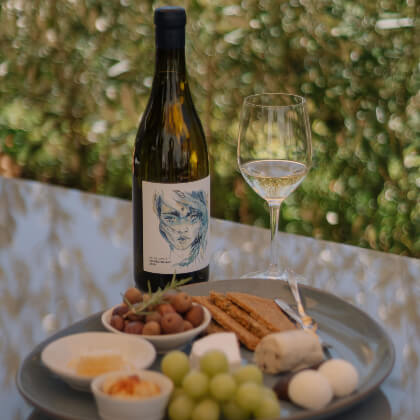
Wine aficionados often talk about body—how heavy or light a wine feels on the tongue. This article explores the factors behind a wine’s richer, more substantial character, giving you the clarity you need to recognize and enjoy every robust pour.
By understanding the influences that enhance depth, texture, and boldness in your glass, you’ll gain the knowledge to distinguish a heavier style of wine from a lighter one. Keep reading to learn more about grape varieties, tannins, and the science of fermentation that all contribute to an opulent wine sensation.
Key Components for a Bold Mouthfeel
One key aspect that gives a wine a fuller presence on the palate is the grape variety. Certain grapes have thicker skins and naturally higher tannins, which contribute to a heavier sensation. For example, Cabernet Sauvignon is often chosen for its rich structure. Grape ripeness also matters: the more sugar in the fruit, the greater the potential alcohol level, which yields a rounder, bolder sensation in the final product.
Brix levels, or sugar concentration, strongly affect how substantial a wine might feel. During fermentation, sugar converts to alcohol, so higher Brix can result in a richer mouthfeel. This can create a warm, dense texture that coats the tongue. Still, acidity plays a balancing act. Even full-bodied wines benefit from a bit of sharpness, preventing the taste from becoming overly heavy.
Along with alcohol and acidity, tannins bring structure and grip. They come from grape skins, seeds, and stems, acting as the wine’s backbone. Higher tannin levels can add a velvety or chewy mouthfeel, which many connoisseurs associate with a robust profile. The elements that contribute to a weightier texture once poured typically involve a careful harmony of tannins, acidity, and alcohol, resulting in a genuinely satisfying experience.
Influence of Winemaking Techniques
To fully appreciate the reason behind a richer mouthfeel in certain vintages, it helps to consider the winemaker’s approach. Extended maceration, where grape skins stay in contact with the juice longer, allows for more tannin and color extraction. This practice can significantly boost body, ultimately creating a denser and more complex tasting profile that appeals to those seeking fuller wines.
Another technique involves selecting the perfect fermentation vessel. Stainless steel tends to preserve bright fruit notes and acidity, while oak fermentation can add texture and roundness through controlled oxygen exposure. Oak barrels also lend subtle flavors of vanilla, toast, and spice, which further increase the perception of weight. Longer barrel aging can deepen these qualities, leading to a layered, mouth-filling experience in the final glass.
Lastly, the temperature during fermentation can impact how the wine develops. Warmer fermentations often yield more robust flavors and higher alcohol content, resulting in a weightier texture. On the other hand, cooler fermentation can maintain fresh aromas but might yield lighter-bodied results. Through careful manipulation of temperature, duration, and vessels, the vintner shapes the wine’s essence, showcasing the many pathways to achieving a fully rounded and substantial taste.
Role of Aging and Oak Treatment
Aging is another key factor in creating a full and sumptuous character. With time in the cellar, harsh tannins soften, melding with the wine’s fruit and acidity to form a cohesive whole. Slow oxygen exchange allows flavors to harmonize, adding layers of complexity that enhance body. Whether in bottle or barrel, aging contributes to a wine’s evolution, transforming initial raw notes into a deeper, more polished impression.
Oak barrels, in particular, play a huge part in elevating texture. Barrel aging encourages subtle oxygen exposure, smoothing out any rough edges. The wood also imparts flavors like vanilla, toffee, or spice, which can amplify the sense of richness. American oak might impart bolder notes, while French oak brings a more subdued spice, yet both can heighten viscosity, making for an enveloping mouthfeel that lingers.
Time spent in oak can vary widely, based on the winemaker’s vision. Some wines undergo extensive barrel aging for depth, while others see limited oak contact to maintain freshness. By balancing aging duration with the right barrel type, the producer fine-tunes the wine’s final weight on the palate. In essence, oak treatment and time work in tandem to grant a luxurious, full-bodied style.
In Conclusion
From the choice of grape variety to the intricacies of oak aging, multiple factors shape a wine’s fuller profile. Tannins, alcohol content, acidity, and technique all weave together to create that luxurious mouthfeel and extended finish. Understanding these components helps you better appreciate the complexity behind each robust and satisfying pour.
If you want to experience these rewarding characteristics firsthand, explore our online store or plan a visit for a guided tasting. Whether you prefer bold reds or luscious whites, our selection invites you to delve deeper into the world of full-bodied wines.
